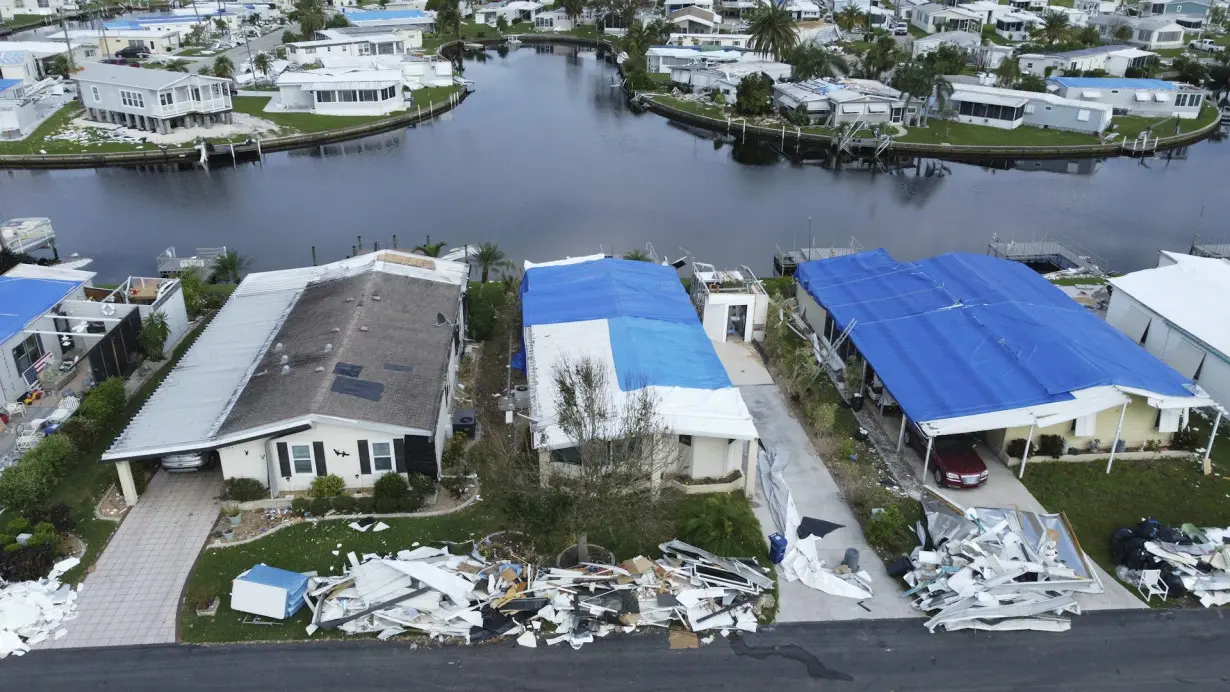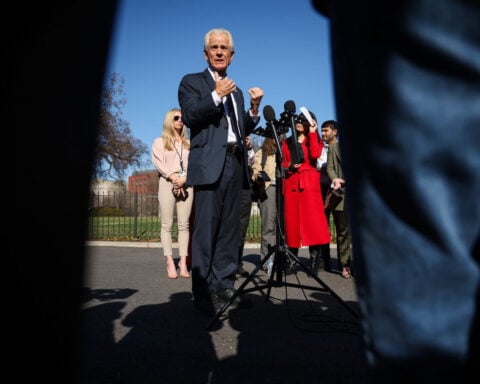And finally, it’s important to remember that homeowners insurance is a “multi-peril” policy, which includes liability coverage for accidents. While the size of a property loss might be limited to the value of that property, liability risk is potentially unlimited.
Without homeowners insurance, potential liability exposure should be addressed in some other way – for example, through risk-control efforts such as warning signs or limiting guests on the property, or through some type of stand-alone personal liability insurance policy.
How long will the insurance crunch last?
Most insurers try to maintain stable rates and premiums. But historically, most property-liability insurance has followed a multiyear underwriting cycle. This cycle, from the standpoint of the insurer, goes from a high-premium/low-loss ratio to a low-premium/high-loss ratio, and back again.
This stems from several factors, including price competition within the insurance industry and uncertainty associated with future losses. The result is that when it comes to homeowners insurance, affordability and availability problems are often just temporary. Ultimately, supply and demand adjust, with a new market equilibrium arising as a natural part of the cycle.
Whether this will be the case for current issues in homeowners insurance depends on a number of challenges facing homeowners. There’s some reason for pessimism: Mortgage rates have recently hit their highest levels in over 20 years, and in the meantime, prices in many areas have skyrocketed.
Meanwhile, in 2023, the National Association of Realtors Housing Affordability Index reached its lowest level in almost 40 years. And the future impact of climate change on homeowners insurance losses remains uncertain at best.
Amid all this uncertainty, one thing is clear: Being, or aspiring to be, a homeowner is a real challenge these days.
Rick Gorvett does not work for, consult, own shares in or receive funding from any company or organization that would benefit from this article, and has disclosed no relevant affiliations beyond their academic appointment.
Source: The Conversation

 Trump has begun another trade war. Here's a timeline of how we got here
Trump has begun another trade war. Here's a timeline of how we got here
 Canada's leader laments lost friendship with US in town that sheltered stranded Americans after 9/11
Canada's leader laments lost friendship with US in town that sheltered stranded Americans after 9/11
 Chinese EV giant BYD's fourth-quarter profit leaps 73%
Chinese EV giant BYD's fourth-quarter profit leaps 73%
 You're an American in another land? Prepare to talk about the why and how of Trump 2.0
You're an American in another land? Prepare to talk about the why and how of Trump 2.0
 Chalk talk: Star power, top teams and No. 5 seeds headline the women's March Madness Sweet 16
Chalk talk: Star power, top teams and No. 5 seeds headline the women's March Madness Sweet 16
 Purdue returns to Sweet 16 with 76-62 win over McNeese in March Madness
Purdue returns to Sweet 16 with 76-62 win over McNeese in March Madness








